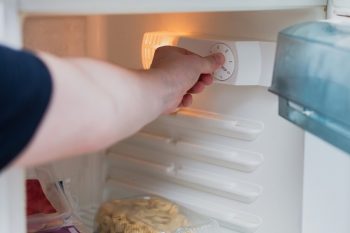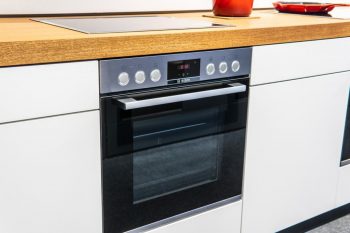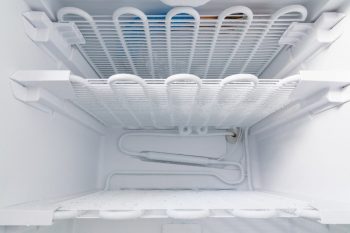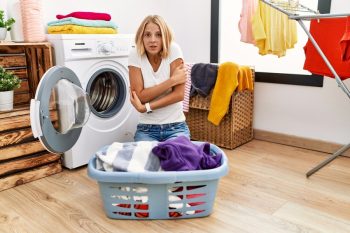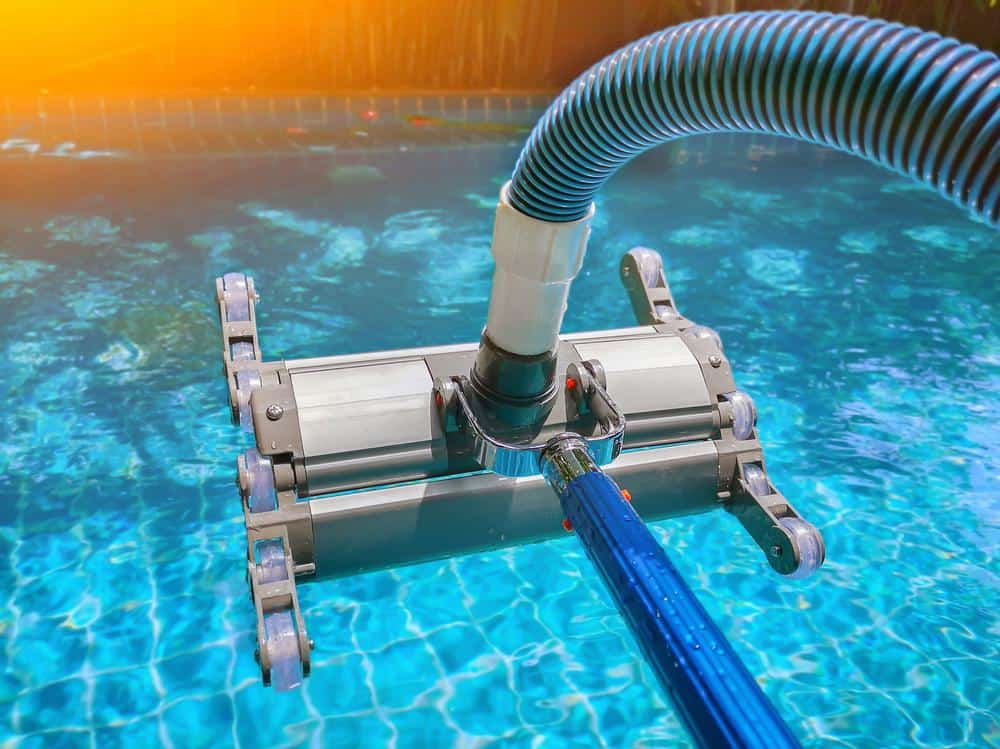
Above-ground pool vacuums are essential tools for maintaining a clean and healthy swimming environment. But how do they work? What types are available, and what features should you look for when buying one? This comprehensive guide will answer all these questions and more.
Above-ground pool vacuums work by using suction to collect debris and sediment from the pool. They consist of a vacuum head, a telescopic pole, a vacuum hose, and sometimes a skimmer vacuum plate. The vacuum is moved across the pool floor, sucking up dirt and debris into a filter or debris bag, which is then emptied and cleaned for reuse. There are different types of pool vacuums, including handheld, automatic suction, pressure pool, robotic, and battery-powered vacuums.
Understanding the Basics
Above-ground pool vacuums are cleaning devices designed to remove debris, dirt, and grime from your pool basin. They work by using suction to collect debris and sediment from the pool. The vacuum consists of several components, including a vacuum head, a telescopic pole, a vacuum hose, and sometimes a skimmer vacuum plate.
Different Types of Above Ground Pool Vacuums
- Handheld pool vacuums: These are self-contained appliances with bristle/suction heads, a built-in filter, a debris-trapping compartment, and a long handle. They can be plug-in or battery-operated types.
- Automatic suction (suction-side) vacuums: These vacuums connect to the pool’s filtration system’s water intake with a flexible hose, usually at a fitting found at the skimmer basket. They operate similarly to whole-house central vacuum systems.
- Pressure pool vacuums: These cleaners use water pressure to sweep the pool floor with a jet-powered debris bag and help clean the water surface.
- Robotic pool cleaners: These are advanced, self-contained units that navigate the pool independently, cleaning the pool’s surfaces using advanced technology.
- Battery-powered pool vacuums: These vacuums, such as Pool Blaster and Aqua Broom, are great for small above-ground pools and do not require any external power source.
Key Features to Look for in an Above Ground Pool Vacuum
When choosing an above-ground pool vacuum, consider the following key features:
- Type of vacuum: The vacuum should suit your cleaning needs and preferences. Manual and suction-side cleaners require more effort but are budget-friendly, while robotic cleaners offer advanced features and automation.
- Compatibility with pool type: The vacuum should be designed specifically for above-ground pools.
- Pool size: The vacuum should be suitable for the size of your pool.
- Cleaning capabilities: The vacuum should effectively clean the floor, walls, and waterline of your pool.
- Ease of use: The vacuum should be easy to set up, operate, and maintain.
- Budget: The vacuum should fit within your budget while still meeting your cleaning needs.
Maintaining Your Above Ground Pool Vacuum
Proper maintenance of your above-ground pool vacuum can extend its lifespan and ensure optimal performance. This includes cleaning the vacuum head and hose after each use, checking and cleaning the filter regularly, storing the vacuum properly, inspecting the vacuum for wear and tear, maintaining proper pool chemistry, and following the manufacturer’s maintenance recommendations.
Common Issues and Solutions
Some common issues with above-ground pool vacuums include loss of suction, the cleaner not moving, and inadequate pool cleaning. These problems can often be solved by checking for clogs or obstructions, inspecting the hose for air leaks, ensuring the water level in your pool is high enough, verifying that the vacuum connections are securely sealed, replacing worn-out brushes or damaged suction vents, and ensuring your pool pump is running at the recommended flow rate for your specific vacuum cleaner model.
Top Brands and Models
Some top brands and models of above-ground pool vacuums include Intex Auto Pool Cleaner, AIPER Seagull SE Cordless Above-Ground Pool Vacuum, Dolphin E10 Above-Ground Pool Vacuum, and the Pool Blaster Max. Each of these models offers unique features and capabilities, making them suitable for different types of pools and cleaning needs.
In conclusion, understanding how above-ground pool vacuums work and what to look for when buying one can help you make an informed decision and ensure you choose the right vacuum for your needs. With proper maintenance and care, your pool vacuum can keep your pool clean and well-maintained for years to come.
Frequently Asked Questions
How often should I vacuum my above-ground pool?
The frequency of vacuuming your above-ground pool depends on several factors, including how often the pool is used, the amount of debris it encounters, and whether there are trees and plants nearby. However, as a general rule, it’s recommended to vacuum your pool at least once a week.
Can I leave my robotic pool vacuum in the pool?
While some robotic pool vacuums are designed to be left in the pool, it’s generally not recommended to do so. Leaving the vacuum in the pool when not in use can cause unnecessary wear and tear. After each cleaning cycle, remove the vacuum, clean the filter, and store it in a dry, shaded area.
How long does a pool vacuum last?
The lifespan of a pool vacuum depends on the type of vacuum, the frequency of use, and how well it’s maintained. On average, a well-maintained pool vacuum can last between 3 to 5 years. Regularly cleaning and inspecting your vacuum for damage can help extend its lifespan.
Are above-ground pool vacuums safe to use?
Yes, above-ground pool vacuums are designed to be safe to use. However, as with any electrical appliance, it’s important to follow the manufacturer’s instructions and safety guidelines. Always disconnect the vacuum from the power source before cleaning or maintaining it.
Can a pool vacuum remove algae?
Yes, a pool vacuum can help remove algae from the pool’s surfaces. However, vacuuming alone may not be enough to eliminate an algae problem. You may also need to use an algaecide and adjust your pool’s chemistry to prevent future algae growth.

